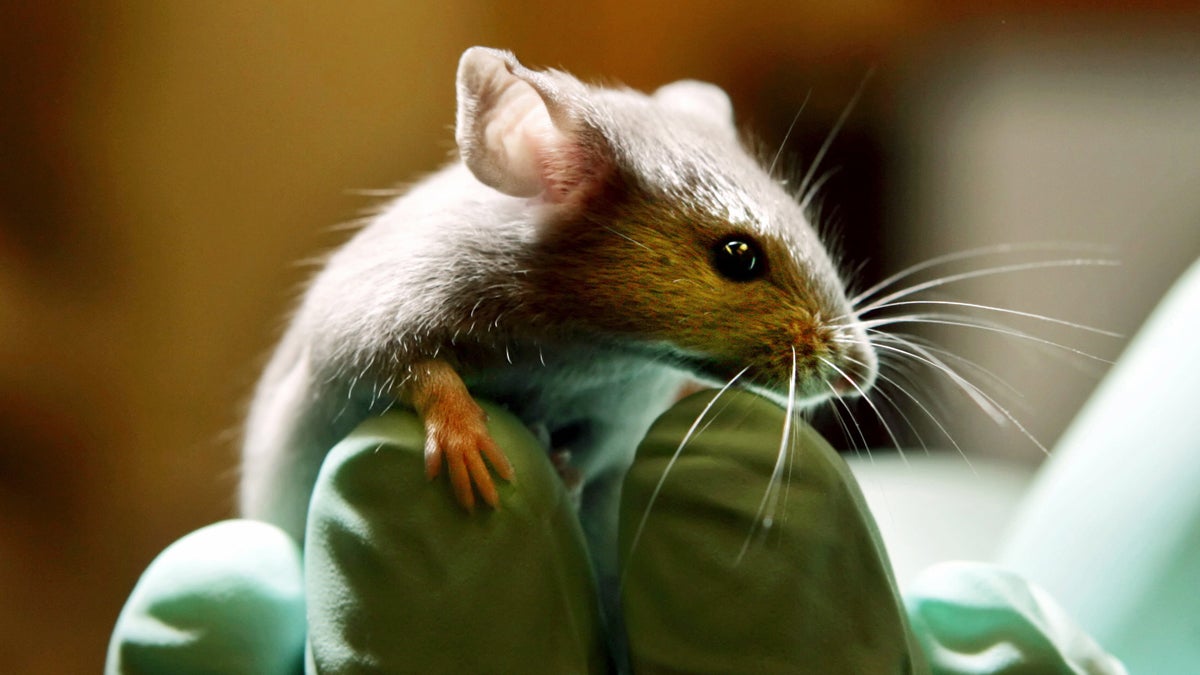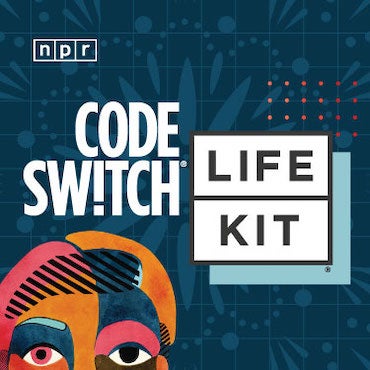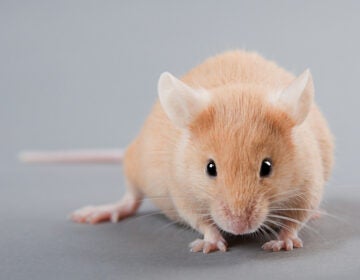To treat depression when drugs fail, CHOP researchers begin search for solutions in mice brains
Researchers found that stimulating a specific region of mice’s brains called the entorhinal cortex decreased their symptoms of depression.

Researchers found that stimulating a specific region of mice’s brains called the entorhinal cortex decreased their symptoms of depression.(Robert F. Bukaty/AP Photo, file)
Millions of Americans experience depression every year — in 2016, roughly 16 million people had a major bout with the mood disorder that can disrupt relationships and work, and lead to powerful feelings of despair.
But while there are treatments available for depression, they don’t work for everyone, said neurobiologist Amelia Eisch.
“And then if they do work, the treatments can relapse,” said Eisch, noting that about 50 percent of people on antidepressants eventually find that their drugs stop working, underscoring the need for alternative treatments.
Eisch is leading of a group of scientists at Children’s Hospital of Philadelphia researching those alternative treatments by working with animals – specifically, mice.
In a study published in April in the journal “Nature Medicine,” Eisch and the other researchers found that stimulating a specific region of mice’s brains called the entorhinal cortex decreased their symptoms of depression.
How did scientists figure out whether mice are depressed?
“We can’t put a mouse on a couch, and ask how are you feeling today?” said Eisch. “But what we can do is put the mouse in a variety of situations and measure its behavior.”
There are swimming tests and tests related to food — if an animal gives up and becomes immobile sooner, that’s a tally for the “depressed” category.
“For example, if we put an animal in a little bit of water warm water, it naturally swims with its forepaws and it just puts enough motion to have its head above water. A ‘depressed’ mouse will just float,” she said.
By doing minimally invasive brain surgery on these “depressed” animals, the researchers were able to change the circuits in the entorhinal cortex on a cellular and molecular level. They also blocked the generation of a protein associated with stress.
After two or three weeks of stimulating this region of the brain, the researchers found that the mice stopped acting depressed.
Existing treatments for humans that focus on the brain, such as transcranial magnetic stimulation — which uses magnetic fields to stimulate nerve cells in the brain — target whole regions of the brain. This study, Eisch said, showed promise in stimulating just “one highway, in one area of the brain” in mice.
Eisch said her research won’t lead to human treatments anytime soon, but it’s a “promising landscape.” It suggests that scientists should look more closely at the entorhinal cortex when experimenting with treatments for depression.
“We can selectively target powerful circuits in the brain in a way that we cannot do in humans right now,” she said, because the risks of brain surgery in people is too high, and the process scientists use on mice isn’t approved for clinical trials in humans.
“We need a bigger toolbox for being able to help people who are diagnosed with depression,” Eisch said.
WHYY is your source for fact-based, in-depth journalism and information. As a nonprofit organization, we rely on financial support from readers like you. Please give today.




